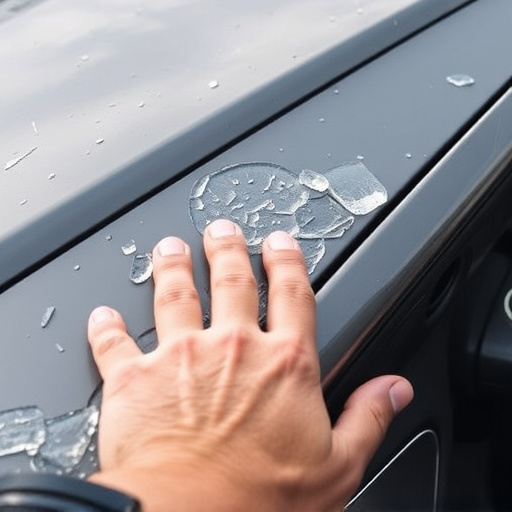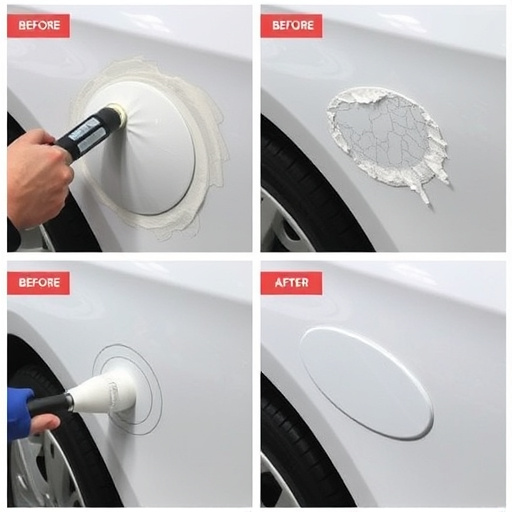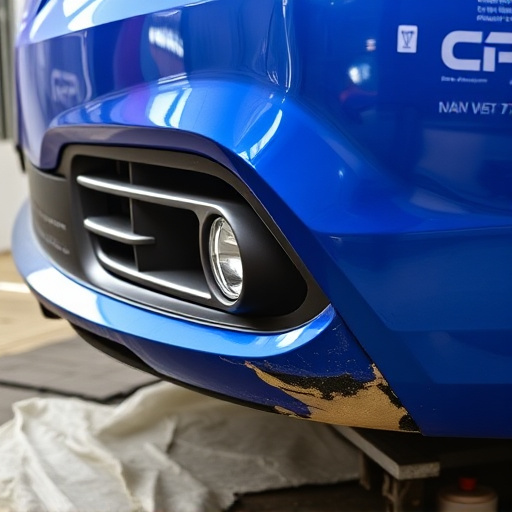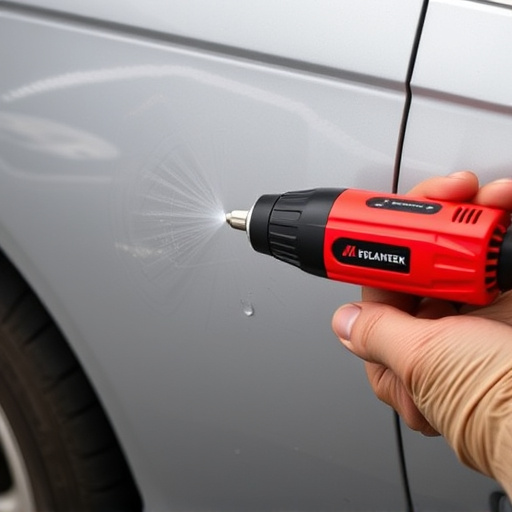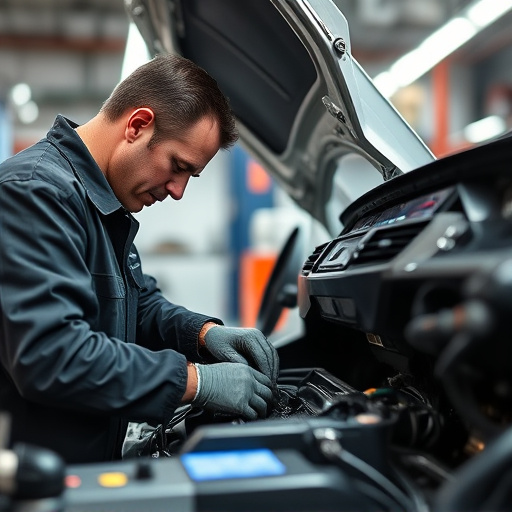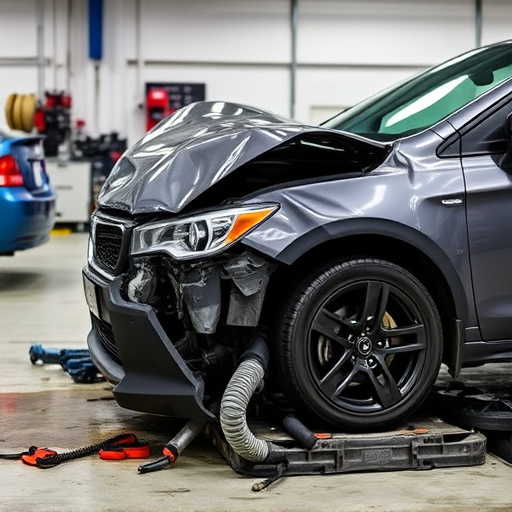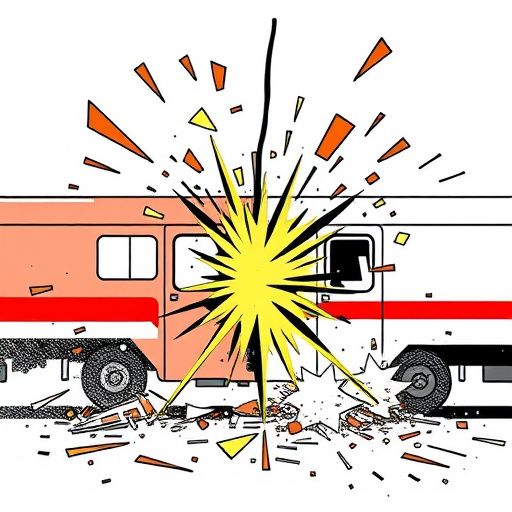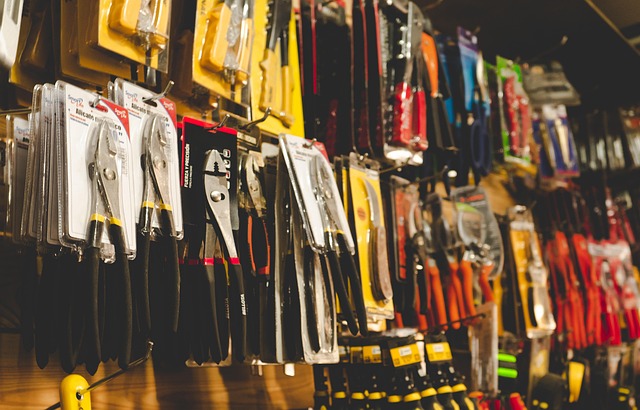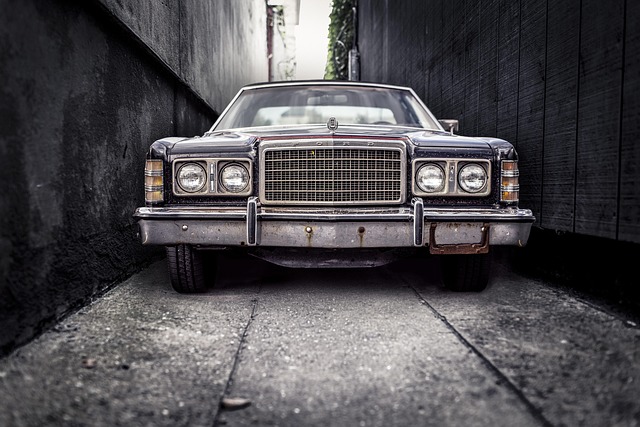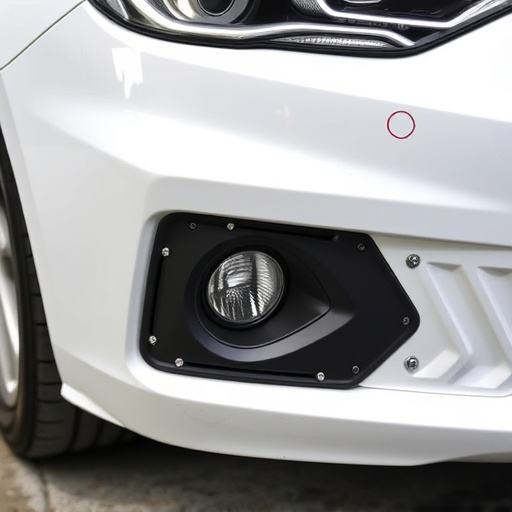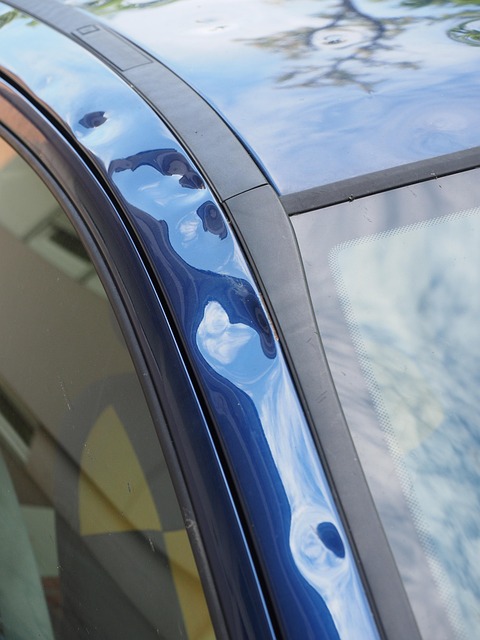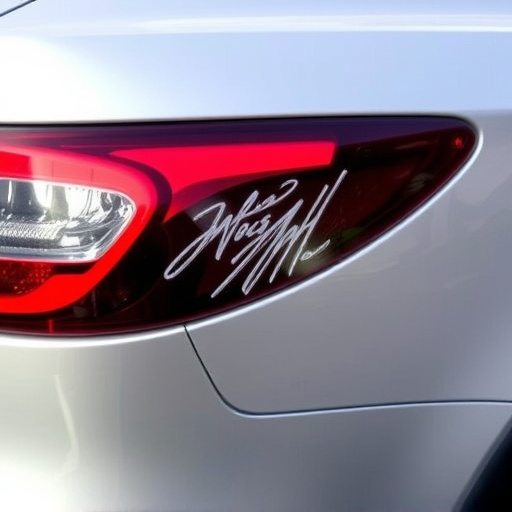Hybrid vehicle collision repair presents unique challenges due to integrated electrical systems and advanced technologies like battery packs and regenerative braking. Auto shops must invest in specialized training and tools for precise frame straightening and meticulous bodywork to meet evolving standards and customer demands. Standardization streamlines processes, improves efficiency, ensures safety, and enhances environmental sustainability. Shops that adopt hybrid vehicle collision repair techniques are positioned for long-term success and competitiveness in an electric and hybrid future.
In today’s automotive landscape, hybrid vehicles are becoming increasingly prevalent on our roads. However, their unique construction presents distinct challenges for auto shops when it comes to collision repair. This article explores why standardizing hybrid vehicle collision repair procedures is crucial for workshops to stay competitive and efficient. We delve into the specific challenges, highlight the benefits of standardized techniques, and discuss how developing hybrid expertise future-proofs auto shops in an evolving market.
- Ununique Challenges of Hybrid Vehicle Repairs
- Benefits of Standardized Hybrid Repair Techniques
- Future-Proofing Auto Shops with Hybrid Expertise
Ununique Challenges of Hybrid Vehicle Repairs
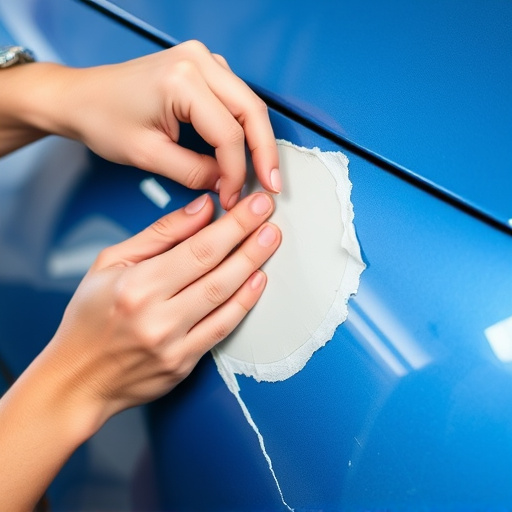
The unique nature of hybrid vehicle designs presents several distinct challenges for collision repair shops. Unlike conventional vehicles, hybrids have complex systems that integrate electrical components with traditional gasoline or diesel engines, making repairs more intricate. This means specialized knowledge and equipment are required to accurately diagnose and fix issues without compromising the delicate balance of these dual-power systems.
Furthermore, hybrid vehicle collision repair involves precise frame straightening and meticulous vehicle bodywork to ensure proper alignment and performance. With advanced technologies like battery packs and regenerative braking systems at play, even minor repairs demand careful consideration to avoid causing secondary damage or system malfunctions. Thus, auto collision centers must invest in training their staff and acquiring the latest tools designed specifically for hybrid vehicle repair to keep up with these evolving challenges.
Benefits of Standardized Hybrid Repair Techniques
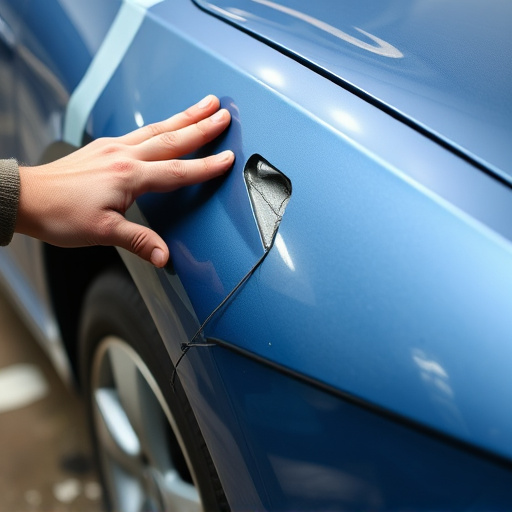
In today’s world, where hybrid vehicles are becoming increasingly prevalent on our roads, it’s imperative that automotive repair shops embrace standardized hybrid vehicle collision repair techniques. This shift is not just about keeping up with technological advancements; it’s a matter of ensuring efficient and safe repairs for these unique vehicles. Standardization offers numerous advantages. For one, it simplifies the process for both technicians and shop owners. With consistent procedures in place, training becomes more manageable, reducing the learning curve for new employees. This streamlined approach ultimately leads to faster turnaround times, benefiting both the shop’s bottom line and its customers.
Furthermore, standardized repair methods ensure that hybrid vehicles are restored to their optimal performance and safety standards. Hybrid cars incorporate intricate systems that require precise handling during the collision repair process. By adopting uniform practices, shops can guarantee that parts like bumpers and vehicle body components are expertly mended or replaced, maintaining the overall integrity of the vehicle’s design and functionality. This attention to detail is crucial for preserving the vehicle’s energy efficiency and ensuring a smooth driving experience post-repair.
Future-Proofing Auto Shops with Hybrid Expertise
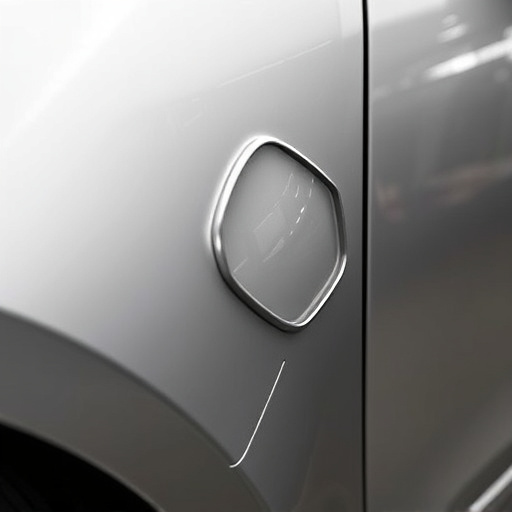
In an era where electric and hybrid vehicles are rapidly gaining popularity, future-proofing auto shops has become essential. Staying ahead in this evolving automotive landscape means equipping workshops with the expertise needed for hybrid vehicle collision repair. As more roads are filled with hybrid cars, demand for specialized services will increase. Auto shops that invest in training their staff and acquiring the necessary tools for hybrid collision repair will not only meet growing customer needs but also secure their long-term viability.
By embracing hybrid vehicle collision repair as a standard practice, auto maintenance facilities demonstrate their adaptability to technological advancements. This strategic move ensures they remain competitive, appealing to a broader customer base, and better equipped to handle the unique challenges of repairing these sophisticated vehicles. Ultimately, it’s about ensuring both the safety and environmental sustainability of hybrid vehicles on the road through competent automotive collision repair services.
Hybrid vehicle collision repair is not just a niche concern; it’s the future of automotive maintenance. As more roads are filled with these complex machines, standardizing repair techniques becomes essential for shops to stay competitive and offer quality service. By embracing specialized training and adopting consistent practices, auto shops can ensure efficient, effective, and safe repairs for all types of vehicles, including hybrids. This not only benefits businesses but also drives the industry towards a more sustainable future.

